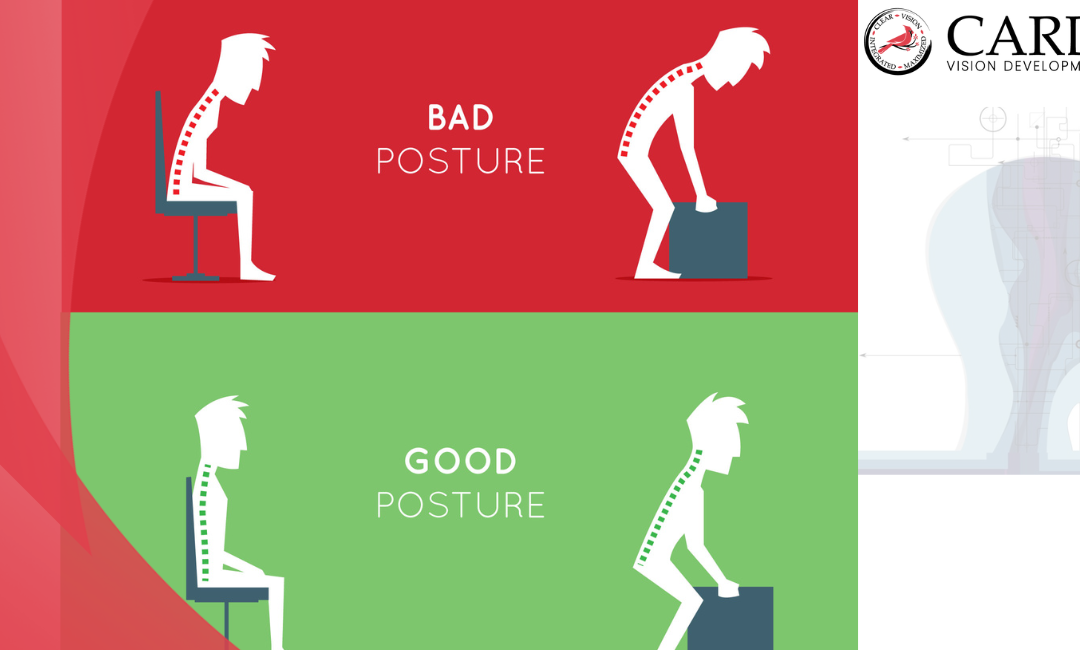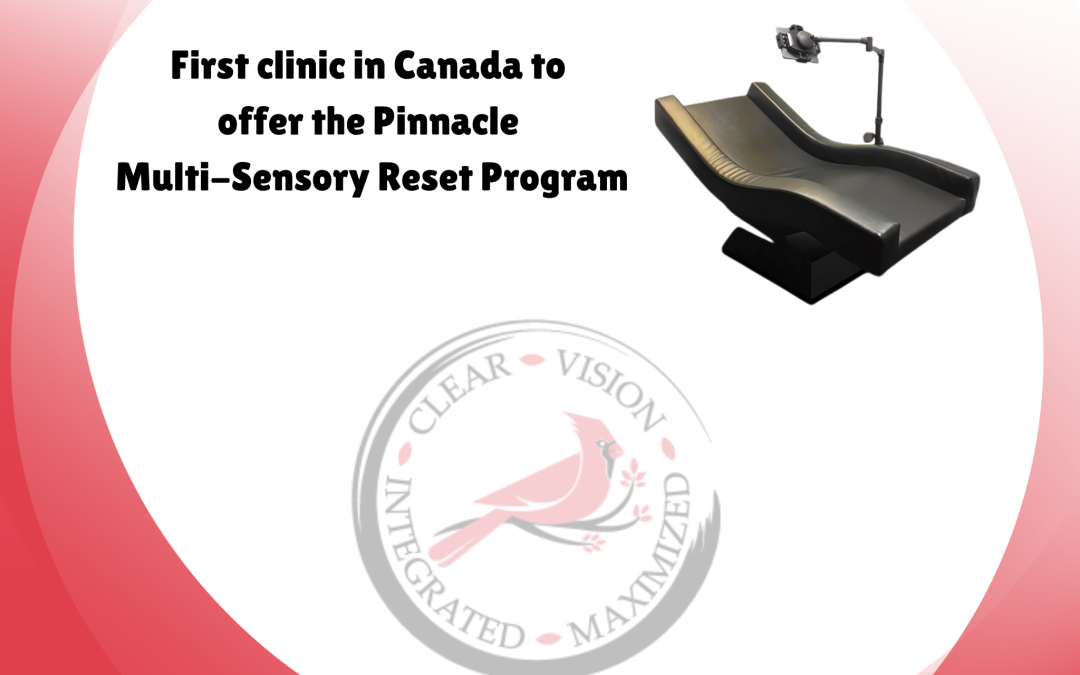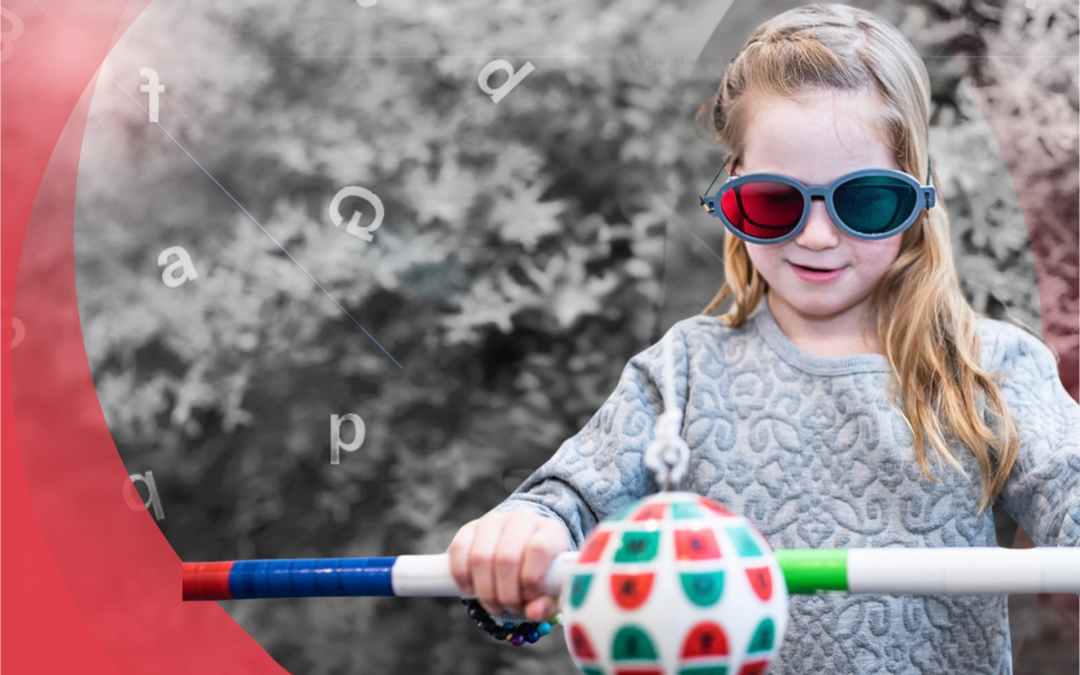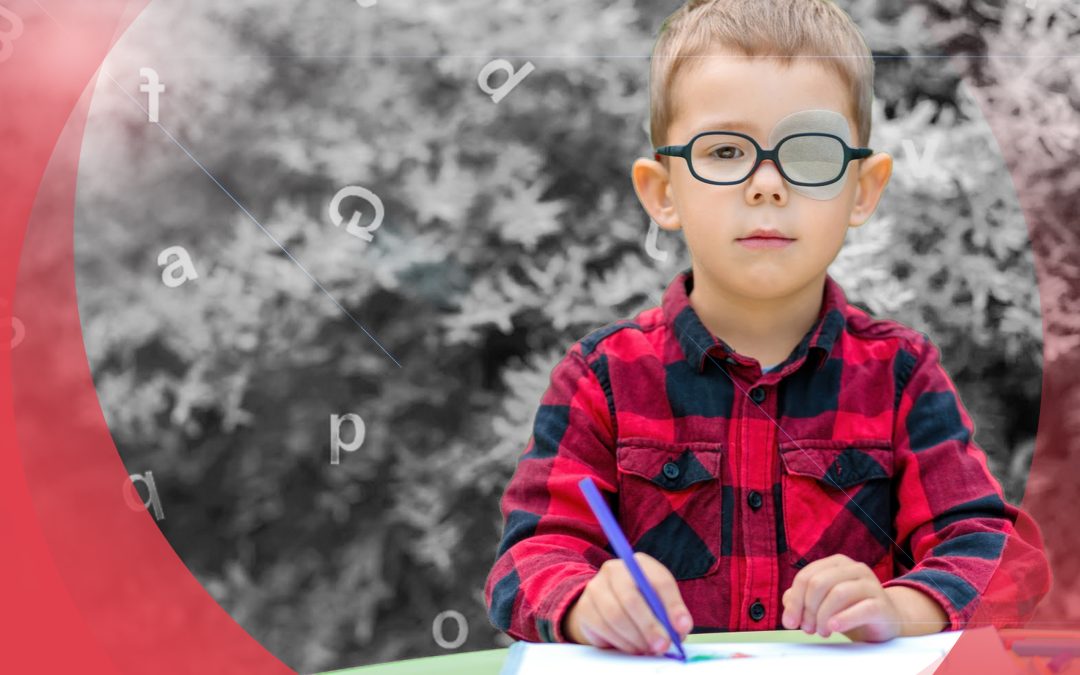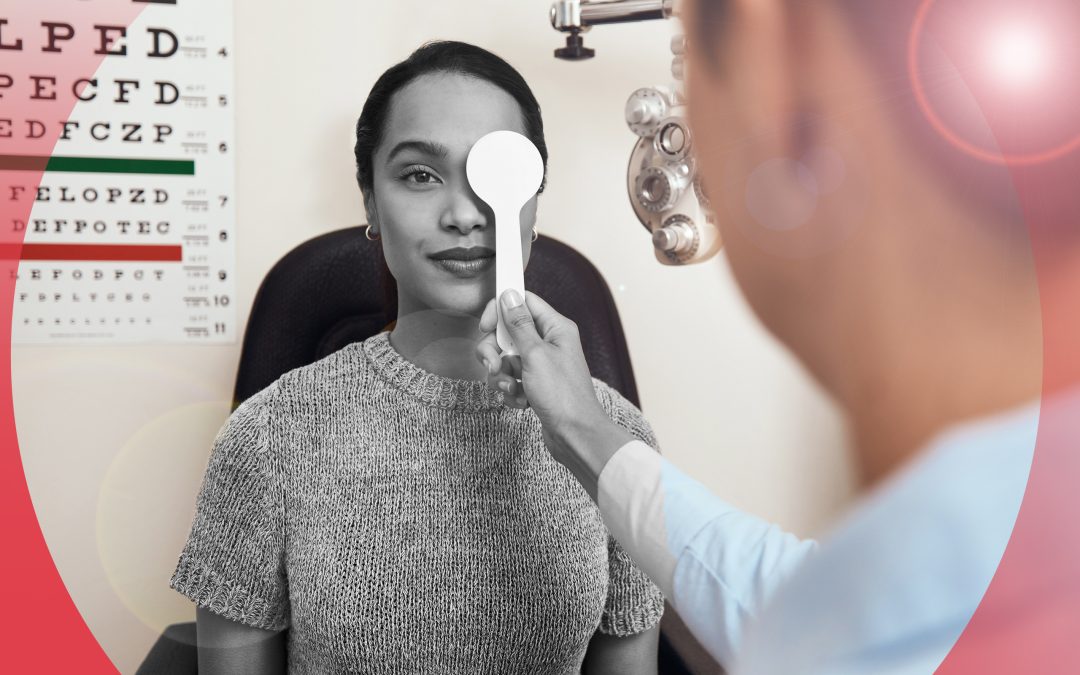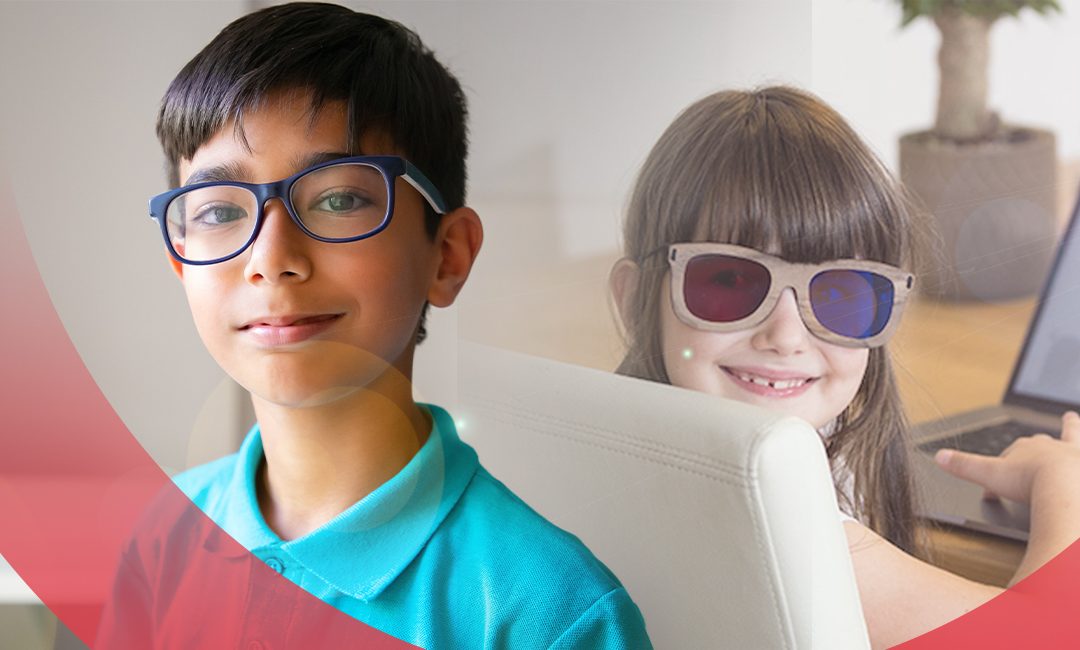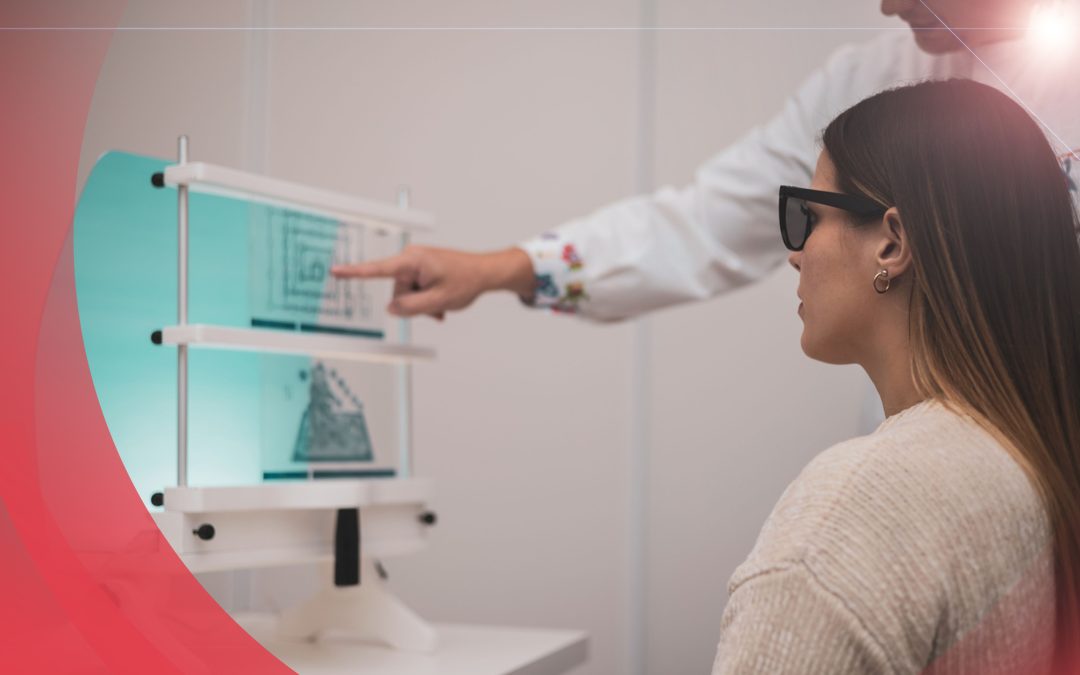Visual tracking is a crucial aspect of reading and learning, playing a pivotal role in our ability to process written information efficiently and effectively. It refers to the smooth, coordinated movement of our eyes as they follow lines of text on a page or screen. Proper visual tracking is essential for comprehension, retention, and overall learning success. Here’s a closer look at how visual tracking can significantly impact reading and learning:
1. Word Recognition: Visual tracking enables us to smoothly scan the text, identifying individual words and their spatial relationships. When tracking is disrupted, such as when our eyes jump or skip over words, it can lead to difficulties in recognizing and understanding the text.
2. Comprehension: Effective visual tracking contributes to comprehension by allowing us to integrate words into meaningful phrases and sentences. When tracking is erratic, it can disrupt the flow of information, making it challenging to grasp the context and meaning of the text.
3. Retention: Proper tracking aids in memory retention. As our eyes move smoothly across the text, we are more likely to retain the information we read. In contrast, if our eyes constantly backtrack or skip ahead, retention can suffer, as the brain may not encode the information properly.
4. Reading Speed: Efficient visual tracking is closely tied to reading speed. When our eyes move smoothly and predictably, we can read faster. In contrast, poor tracking can slow down the reading process significantly, making it time-consuming and frustrating.
5. Eye Fatigue and Strain: When visual tracking is problematic, it can lead to eye fatigue and strain. The constant effort required to correct tracking issues can be mentally and physically exhausting, discouraging individuals from sustained reading and learning activities.
6. Dyslexia and Reading Disorders: Individuals with dyslexia and certain reading disorders often struggle with visual tracking. This can exacerbate their difficulties in decoding and comprehending written text, making it even more challenging for them to engage in effective learning.
7. Digital Learning Environments: In the age of digital learning, the importance of visual tracking has extended to screens. Prolonged screen time, particularly on devices with small screens or distracting layouts, can disrupt visual tracking, hampering students’ ability to absorb information and learn effectively.
8. Interventions and Strategies: Teachers, parents, and learning specialists recognize the importance of addressing visual tracking issues early on. Interventions, such as vision therapy or specialized reading programs, can help individuals improve their tracking skills, making the reading and learning process more accessible and enjoyable.
9. Accessibility Considerations: Designing educational materials and digital interfaces with consideration for proper visual tracking is essential to ensure inclusivity. This involves selecting appropriate fonts, line spacing, and layouts to minimize tracking challenges for all learners.
In conclusion, visual tracking is an often overlooked but critical factor in reading and learning. Its smooth and coordinated functioning is essential for word recognition, comprehension, retention, reading speed, and overall engagement with educational content. Recognizing the impact of visual tracking and addressing any issues that may arise is essential to fostering effective reading and learning experiences for individuals of all ages.
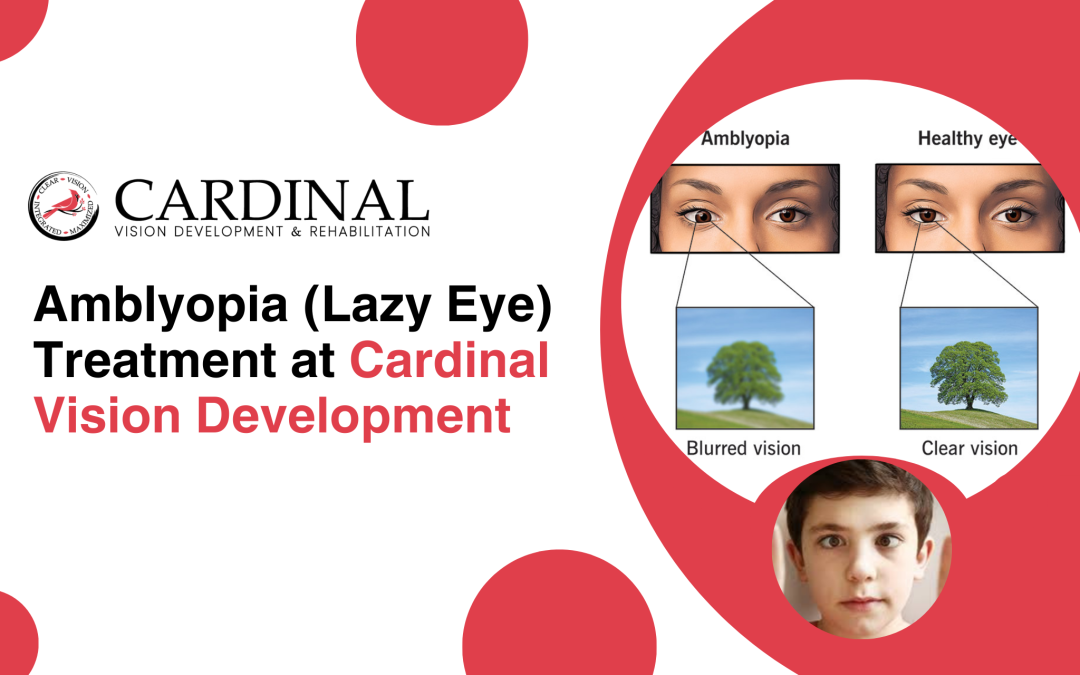
Amblyopia (Lazy Eye) Treatment at Cardinal Vision Development
Amblyopia, often called lazy eye, is a vision disorder that develops in early childhood when one eye does not achieve normal visual acuity, despite wearing corrective lenses such as glasses. This condition occurs when the brain favors one eye over the other, which...

